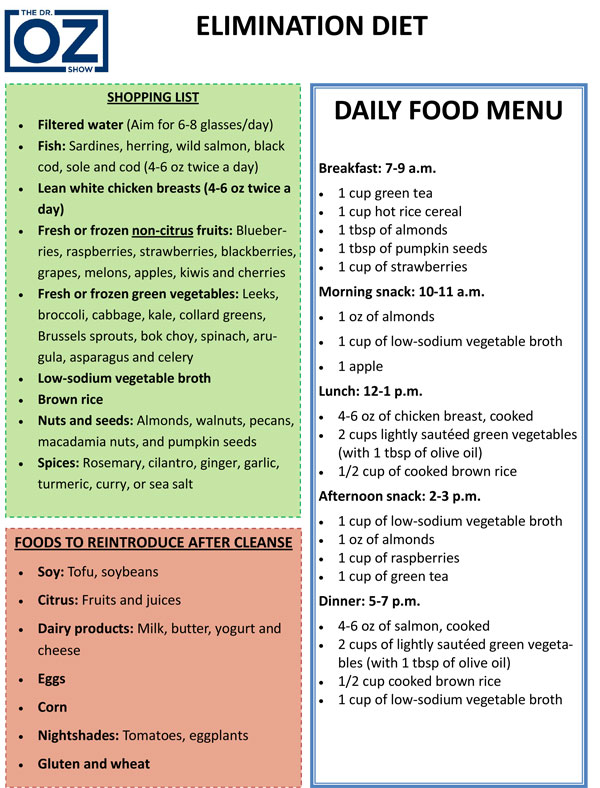
Direct carcinogens (directly cause cancer)
Benzil Acetate Butyl Benzyphthalate Butylated Hydroxyanisole (BHA) Butylated Hydroxytoluene (BHT) “Coal Tar Dyes” (and lakes) D & C Red 2, 3, 4, 8, 10, 17, 19 & 33, Green 5, Orange 17, FD & C Blue 1, 2 & 4, Green 3, Red 4 & 40, Yellow 5 & 6 Crystalline Silica Diaminophenol Diethanolamine (DEA) Doictyl Adipate Disperse Blue 1, Disperse Yellow 3 (clourants) Fluoride Formaldehyde Glutaral Hydroquinone Methylene Chloride Methylisothiazolinone and Methylchloroisothiazolinone Nitrophenylenediamine p-Phenylenediamine (following oxidation) Phenyl-p-phenylenediamine Saccharin Talc (only in loose form, particularly around genitalia)
Contaminants
These are hidden carcinogens contaminating other chemicals such as dioxane, a highly potent carcinogen.
1,4-Dioxane. In Ethoxylated Alcohols, including PEGs, Oleths, Polysorbates, Nonoxynol. Arsenic and Lead. In Coal Tar Dyes, Polyvinyl Acetate, PEGs (polyethylene glycols). DDT and related Pesticides. In Lanolin, Quarterniums. Diethanolamine (DEA). In DEA Cocamide/ Lauramide condensates, Quaterniums. Ethylene Oxide. In Ethoxylated Alcohols, including PEGs, Oleths, Polysorbates, Nonoxynol. Formaldehyde. In Polyoxymethylene Urea.
Nitrosamine Precursors
Nitrosamines are highly carcinogenic. Nitrosamine precursors interact with other chemicals in the product to form nitrosamines.
Bromonitrodioxane 2-bromo-2-nitropropane-1,3-diol Diethanolamine (DEA) DEA-Cocamide, Lauramide and Oleamide condensates DEA-MEA/Acetate DEA-Sodium Lauryl Sulfate Metheneamine Morpholine Padimate-O Pyroglumatic Acid Triethanolamine (TEA) TEA-Sodium Lauryl Sulfate
Formaldehyde Precursors
Formaldehyde is highly toxic, neurotoxic, genotoxic and carcinogenic. Formaldehyde precursors react with other chemicals in the product to release formaldehyde (used to preserve dead bodies).
2-bromo-2-nitropropane-1,2-Diol Diazolidonyl Urea DMDM-Hydantoin Imidazolidinyl Urea Metheneamine Quaternium-15 Sodium Hydroxymethylglycinate
Endocrine (Hormonal) Disruptors
Parabens (methyl, ethyl, propyl, butyl also known as hydroxy methyl benzoates). Three university studies have shown that parabens get absorbed into the blood-stream and disrupt the hormonal system. They may be associated with breast cancer.
Benzophenone Butyl Benzyl Phthalate Butylated Hydroxyanisole (BHA) Butylmethoxydibenzoylmethane (B-MDM) Dibutyl Phthalate Diethyl Phthalate Homosalate (HMS) Methyl-benzylidene Camphor (4-MDC) Octyl-dimethyl-PABA (OD-PABA) Octyl-methoxycinnamate (OMC) Resorcinol
Please also check our below pages: Measurement of paraben concentrations in human breast tissue at serial locations across the breast from axilla to sternum Parabens in Breast Tissue not Limited to Women who Have Used Underarm Products The Paraben Debate The Paraben Debate



















